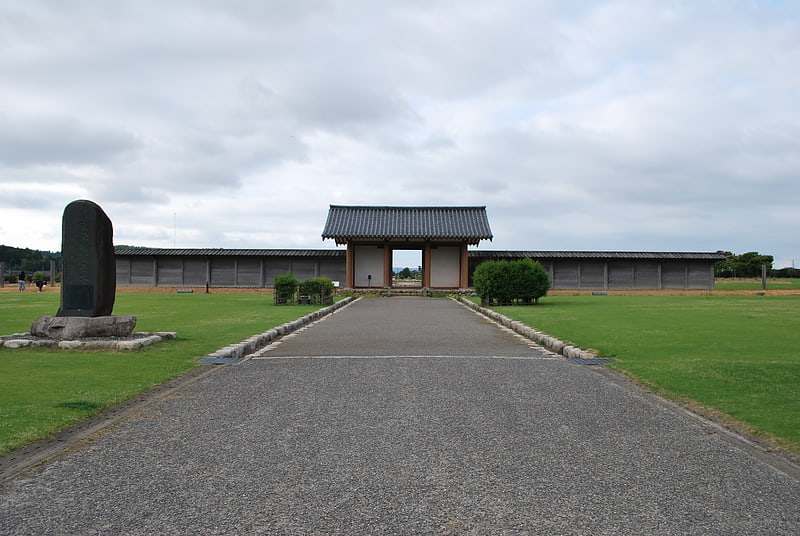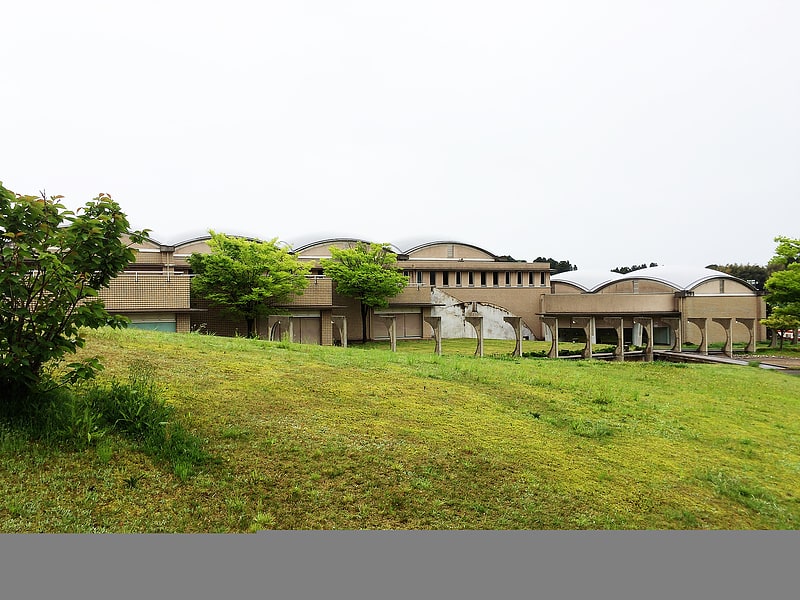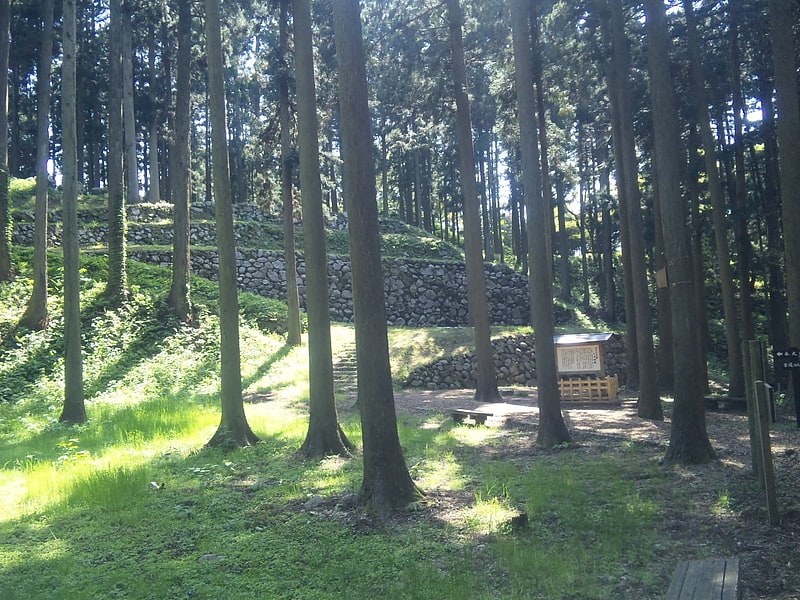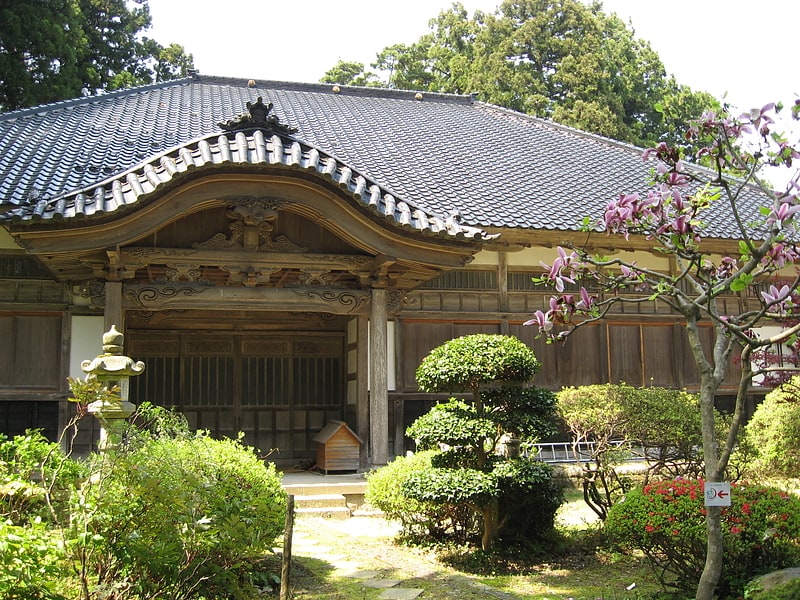Discover 4 hidden attractions, cool sights, and unusual things to do in Nanao (Japan). Don't miss out on these must-see attractions: Noto Kokubun-ji, Ishikawa Nanao Art Museum, and Nanao Castle. Also, be sure to include Yamanotera in your itinerary.
Below, you can find the list of the most amazing places you should visit in Nanao (Ishikawa).
Table of Contents
Noto Kokubun-ji

The Noto Kokubun-ji was a Buddhist temple located in what is now the city of Nanao, Ishikawa, Japan. It was one of the provincial temples per the system established by Emperor Shōmu during the Nara period for the purpose of promoting Buddhism as the national religion of Japan and standardising Yamato rule over the provinces. The temple no longer exists, but the temple grounds were designated as a National Historic Site in 1974.[1]
Ishikawa Nanao Art Museum

Also known as: 石川県七尾美術館
Museum in Nanao, Japan. Ishikawa Nanao Art Museum opened in 1995 in Nanao, Ishikawa Prefecture, Japan. The main art gallery on the Noto Peninsula, the collection includes works by Hasegawa Tōhaku.[2]
Address: Nanao, 1-1 Komurayamadai
Nanao Castle

Also known as: 七尾城
Nanao Castle was a Muromachi period yamajiro-style Japanese castle located in what is now the city of Nanao, Ishikawa Prefecture, in the Hokuriku region of Japan. Its ruins have been protected as a National Historic Site since 1934.[3]
Yamanotera

Also known as: 山の寺寺院群
Buddhist temple in Nanao, Japan. Yamanotera is the collective name for a group of temples located on a hill in Nanao, Ishikawa Prefecture, Japan.
In 1581, Maeda Toshiie, the Sengoku period ruler of Noto Province ordered the construction of 29 Buddhist temples as part of the defenses of Nanao Castle. All of the major Buddhist sects were represented, with the exception of the Jōdo Shinshū sect, which was the sect of the Ikkō-ikki movement that Maeda Toshiie was attempting to suppress. Today sixteen temples remain in 1581 and are considered of great historical importance to the local people.[4]